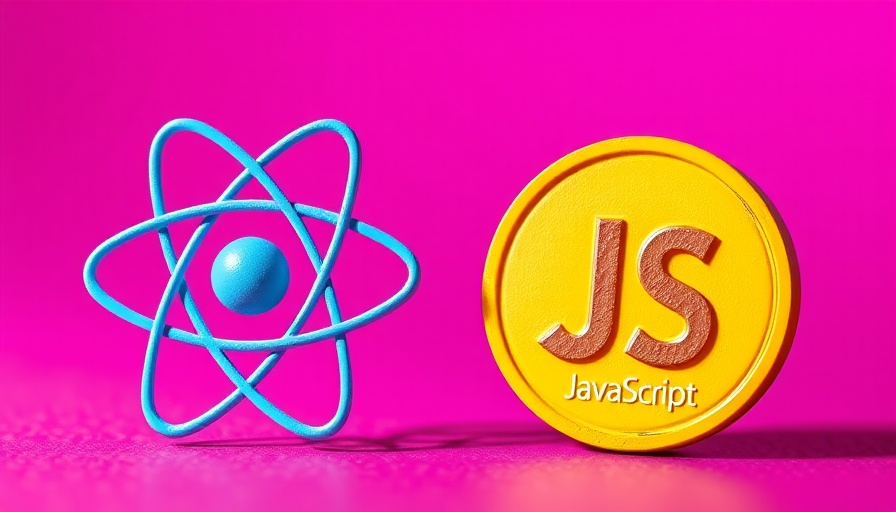
The Evolution of Reactivity Models in Web Development
In the evolving world of frontend web development, reactivity has become a touchstone for creating dynamic user interfaces. The emergence of frameworks such as React and SolidJS highlights diverse methodologies for managing state and reactivity, challenging the traditional norms that developers once relied on. While React introduced the widely-used Hooks, SolidJS brings forth a refreshing perspective with its Signals. This article aims to dissect these two paradigms, tracing their origins, core similarities and differences, and practical applications in real-world projects.
The Challenge Before Hooks and Signals
Historically, developers faced significant hurdles with state management. Manipulating the DOM manually and dealing with verbose class components created friction. The introduction of lifecycle methods added complexity, leading to repetitive boilerplate code, particularly in larger applications. Developers often found themselves trapped under the weight of performance issues caused by unnecessary re-renders, compelling a shift towards more efficient state management solutions.
Revolutionizing State Management with React Hooks
The 2018 introduction of Hooks marked a turning point in the React ecosystem. With Hooks, developers could abandon the verbose patterns associated with class components in favor of a cleaner, functional approach. The useState and useEffect hooks provide developers with tools to manage state and side effects directly within functions. This simplicity enhances readability while establishing controlled states and effects, ultimately simplifying DOM interaction.
Signals: A New Paradigm in Fine-Grained Reactivity
SolidJS, and its innovative createSignal function, revolutionizes how components update. Built on the observer pattern, Signals trigger updates exclusively where needed, ensuring the rest of the UI remains unaffected. This meticulous approach limits performance overhead, making SolidJS a suitable option for data-intensive applications. In contrast to React's broad re-rendering method, Signals deliver precise updates, optimizing performance through fine-grained reactivity.
Comparison: Hooks vs. Signals
While both Hooks and Signals serve the purpose of managing state and side effects, their methods are fundamentally different. React's approach involves recalibrating the entire component tree upon state changes, while Signals focus on updating dependent components alone, leading to significant performance enhancements.
Use Cases: Choosing the Right Tool for Your Project
When deciding between React Hooks and Solid Signals, consider the project’s requirements. React, with its vast ecosystem and community support, is ideal for standard web applications. Conversely, for projects demanding high performance and where fine-tuned reactivity is paramount, Solid presents a compelling option. Each approach has its strengths; thus, understanding their architecture helps in making informed decisions that align with project goals.
The Future of Frontend Development: Hooks and Signals
As we look ahead, the concurrent use of both Hooks and Signals in various projects may grow, with each addressing specific challenges. The ongoing evolution in frontend technologies suggests a bright future for developers who adeptly navigate these paradigms. Accordingly, exploring both paradigms will broaden developers' tools, ensuring they can effectively pen interactive web applications that engage users effectively.
Take Action: Explore the Best Reactive Strategies for Your Projects
Understanding and effectively utilizing the tools available for state management and reactivity is crucial in optimizing your web application. Whether you lean towards using React Hooks or the innovative Solid Signals, the key is to align with your project's goals. Stay ahead of the curve by continuously learning from available resources and exploring modern methodologies. The right choice can propel your project to new heights, improving performance and user engagement.
 Add Row
Add Row  Add
Add 




Write A Comment